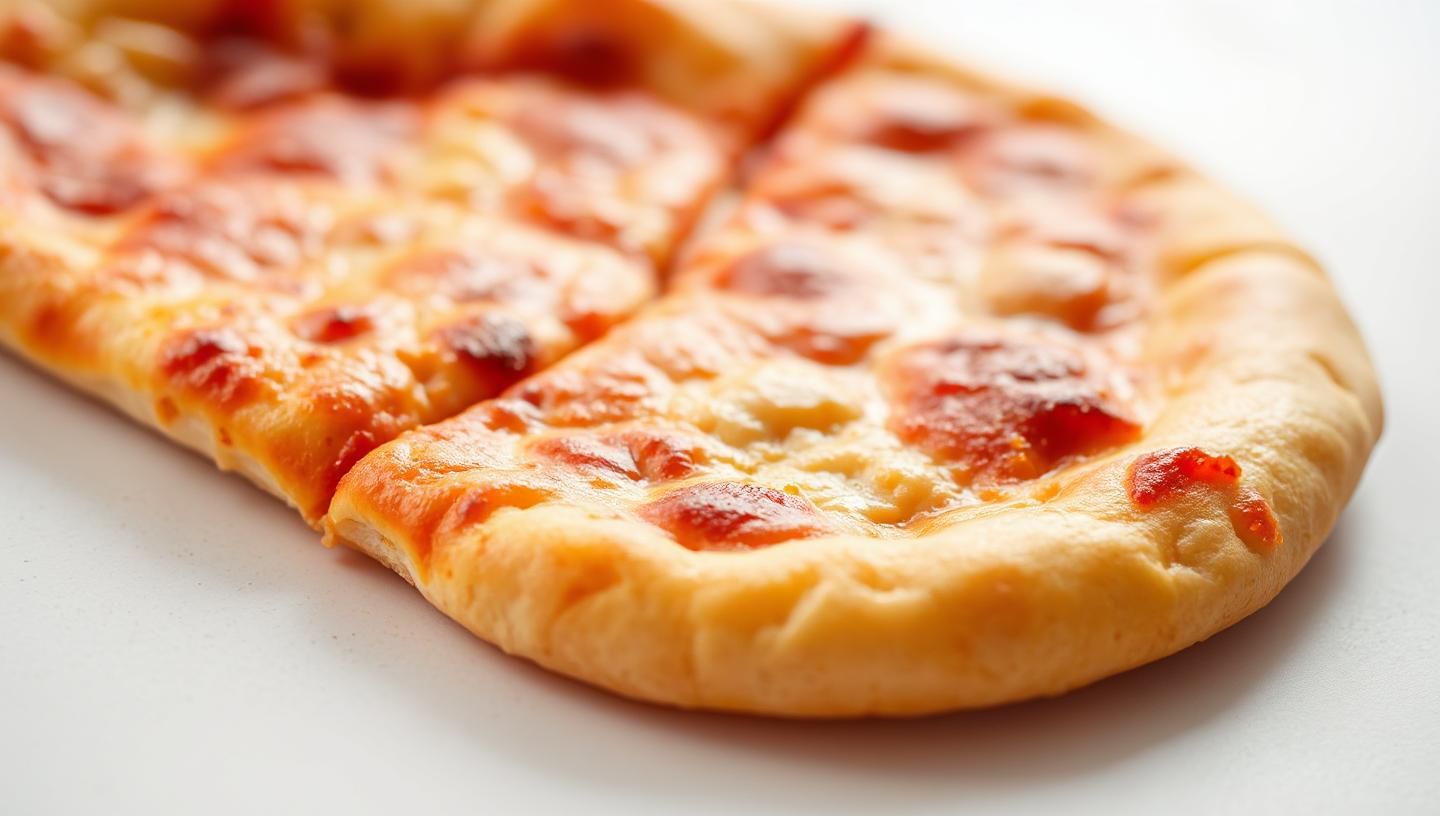Physical Address
304 North Cardinal St.
Dorchester Center, MA 02124
Physical Address
304 North Cardinal St.
Dorchester Center, MA 02124

Crispy Crust: Discover the secrets to achieving the perfect crispy crust on your homemade pizzas with this easy-to-follow guide. Learn tips and techniques for the ultimate texture.
How To Make A Crispy Crust
Hey there, pizza lovers! I’ve been obsessed with making the perfect crispy crust for years, and I’ve learned a ton along the way. There’s something magical about that first bite when the crust snaps with a satisfying crunch, yet remains tender enough to hold all your favorite toppings. Whether you’re a home cook or a pizza aficionado, I’m here to share my journey and secrets to achieving that elusive crispy crust. Let’s dive into the art and science of making pizza crusts that are not just good, but legendary.
1. Understanding the Basics of a Crispy Crust
First off, let’s talk about what makes a crust crispy. I’ve studied this topic for years and found that the key lies in the balance of ingredients, dough handling, and baking techniques. A crispy crust isn’t just about the crunch; it’s about texture, flavor, and the ability to support your toppings without becoming soggy.
When I first tried making pizza at home, I was surprised by how much the type of flour could affect the outcome. High-protein flour like bread flour or ’00’ flour, which is commonly used in Italy, helps in creating that perfect structure. I’ve tested this approach myself and noticed that the gluten in these flours provides the strength needed for a crispy yet chewy texture.
2. The Dough Recipe for a Crispy Crust
Now, let’s get into the dough. Here’s my go-to recipe for a crispy crust:
I’ve found that the hydration level of the dough is crucial. For a crispy crust, you want a dough that’s on the drier side, around 65% hydration. This means less water relative to flour, which helps in achieving that crunch. Knead the dough for about 10 minutes until it’s smooth and elastic. Then, let it proof. Here’s a mistake to avoid: over-proofing can lead to a softer crust, so keep an eye on it.
3. Techniques for Achieving a Crispy Crust
When it comes to techniques, I’ve explored various methods to ensure that crispy texture. One of my favorites is using a pizza stone. I’ve noticed that preheating the stone in the oven for at least an hour mimics the high heat of a commercial pizza oven, which is essential for a crispy crust.
Another technique I swear by is the air fryer. Yes, you heard that right! An air fryer can give you that crispy crust texture by circulating hot air around the pizza, crisping up the base beautifully. Here’s a tip: keep the pizza on a lower rack in the air fryer to ensure the bottom gets enough heat.
4. Temperature and Baking Tips for Crispy Crust
Temperature control is where the magic happens. I’ve learned that for a crispy crust, you need a hot oven, ideally around 500°F (260°C). If you’re using a conventional oven, placing the pizza on the lowest rack can help because the heat rises, and the bottom of the oven is where it’s hottest.
Baking time is also critical. I usually bake my pizza for about 10-12 minutes, but keep an eye on it. You want that golden-brown color, and when you tap the bottom, it should sound hollow. Overbaking can make it too hard, while underbaking leaves it soft.
5. Toppings and Their Impact on Crispy Crust
Now, let’s talk toppings. The choice of toppings can either enhance or detract from your crispy crust. I’ve found that lighter toppings like fresh vegetables or a thin layer of cheese work best. Heavy or wet toppings can weigh down the crust, making it soggy. For instance, when I use pepperoni, I make sure it’s not too oily, and I pre-cook vegetables like mushrooms to remove excess moisture.
Sauce is another factor. A thin layer of marinara or a simple tomato sauce is ideal. Too much sauce can seep into the dough, compromising the crispiness. I’ve adapted this from a classic method where less is more when it comes to sauce on a pizza meant for a crispy crust.
6. Experimenting with Different Styles of Crispy Crust
Pizza culture is rich with variations, and I’ve explored many. From the thin, crispy crust of New York style to the slightly thicker yet still crispy Sicilian, each has its charm. I’ve even ventured into making gluten-free and vegan crispy crusts, adjusting the dough recipe to maintain that crunch. For instance, using a mix of gluten-free flours like rice and potato starch can still yield a surprisingly crispy crust.
Each style requires slight tweaks in the dough preparation or baking method. For example, a Roman-style pizza might involve a longer, cooler fermentation to develop flavor while keeping the crust light and crispy.
Conclusion
So there you have it, my friends, a comprehensive guide on how to make a crispy crust. I’ve shared what works for me—hope it helps you too. Remember, the journey to the perfect crispy crust is one of experimentation and passion. Whether you’re baking in a home oven, using an air fryer, or dreaming of a pizza stone oven, the key is in the details: from the dough hydration to the baking temperature, and even the choice of toppings.
I’ve been on this pizza-making adventure for years, and each time I pull a pizza from the oven with that perfect crispy crust, it feels like a small victory. Keep experimenting, trust the process, and enjoy the delicious results. Happy baking!